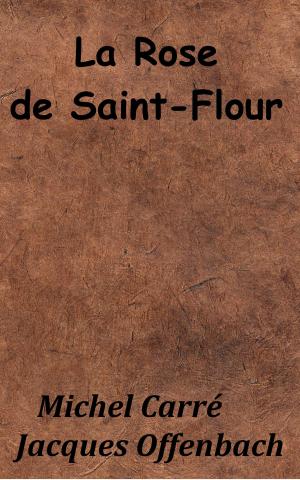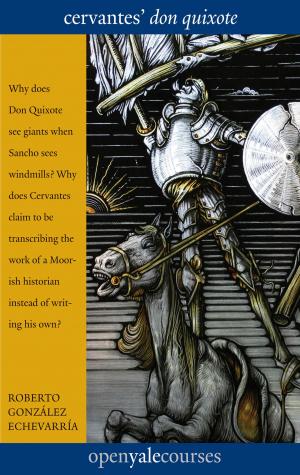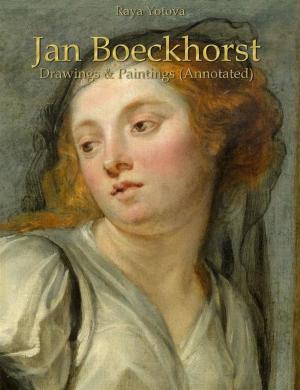Tacuinum De Coquina: Medieval Italian Cookery Manual
Nonfiction, Food & Drink, International, European| Author: | Simonetta Stefanini | ISBN: | 9781465802354 |
| Publisher: | Simonetta Stefanini | Publication: | November 30, 2011 |
| Imprint: | Smashwords Edition | Language: | English |
| Author: | Simonetta Stefanini |
| ISBN: | 9781465802354 |
| Publisher: | Simonetta Stefanini |
| Publication: | November 30, 2011 |
| Imprint: | Smashwords Edition |
| Language: | English |
The essential element of Medieval cooking is the creativity of each cook, who was considered an artist, and at the same time the organizer and director – and maybe even a bit magician – of banquets and parties, the main aim of which was to amaze the guests.
The intent of this book is to take the reader on a gastronomic tour of Medieval Italy, recounting the habits of that fascinating historical period. Thus the recipe is not only a culinary experiment that can bring us closer to tastes long gone, but also a historical understanding of strictly defined social rules.
In the Thirteen hundreds banquets were explicit displays of power of the dominating part of society. They exhibited their superiority through the luxury and refinement of their foods, set forth with eccentricity and a taste for dramatics. The ostentation of huge amounts of food expressed their domination over the masses, who struggled daily with starvation. Many were the occasions for a banquet: receiving a distinguished guest, religious festivities, weddings, leaving for war and many other social events.
The lord displayed his power with performance-banquets, during which eccentric, entertaining or amusing shows took place between one course and the next. In time, these intervals became richer and more complex, including actual theatre pieces representing scenes from the Old Testament or battles. Abundance, mixes of flavors, the sometimes exaggerated use of hugely expensive spices, spectacular choreographies, precious gifts for the guests, were all tricks that were supposed to increase the awe and the respect of those in power.
Thus meat could be coated in gold leaf and peacocks, once they had been cooked, were covered once again in their feathers, stood up, their tail spread in a fan and their beaks on fire. Branches made of bread dough, shaped into cages, imprisoned multicolored birds, alive and fluttering, that were then let loose, filling the guests with awe. Even the quantity of food that was eaten was a display of power: a strong man, a powerful man or a warrior had to eat a lot, to prove their manliness and their strength. Aristocratic ethics considered the quantity of food eaten a distinctive sign, especially when eating meat, which was identified with violence because it contained blood.
The medical schools of the time compiled the Tacuinum Sanitatis (by which images of this book are drawn), which contained explanations of every single food and the rules for their correct use, determining for which social classes they could be considered harmful.
Historical studies, through the analysis of the type of writing, have been able to place manuscript cookbooks in a precise time span.
Common people could not afford rich banquets. The peasant’s table was soon set, often on sawhorses and not always with a tablecloth. This makeshift table was removed after each meal, and the guests sat on chests that contained food, salt and bread. Soups and vegetables, polenta and farinata, on occasion game and fish, all cooked in a simple manner and without spices. These foods were eaten by the fireplace, not in dining rooms, sometimes side by side with the domestic or work animals of the household.
The recipes described in the present book were chosen after having read many manuscripts, texts, plus many other fragments, having consulted private archives and libraries. It is impossible to follow the notes exactly, as the methods and instruments have changed completely, and even the ingredients will never be the same as the ones used in those days.
The essential element of Medieval cooking is the creativity of each cook, who was considered an artist, and at the same time the organizer and director – and maybe even a bit magician – of banquets and parties, the main aim of which was to amaze the guests.
The intent of this book is to take the reader on a gastronomic tour of Medieval Italy, recounting the habits of that fascinating historical period. Thus the recipe is not only a culinary experiment that can bring us closer to tastes long gone, but also a historical understanding of strictly defined social rules.
In the Thirteen hundreds banquets were explicit displays of power of the dominating part of society. They exhibited their superiority through the luxury and refinement of their foods, set forth with eccentricity and a taste for dramatics. The ostentation of huge amounts of food expressed their domination over the masses, who struggled daily with starvation. Many were the occasions for a banquet: receiving a distinguished guest, religious festivities, weddings, leaving for war and many other social events.
The lord displayed his power with performance-banquets, during which eccentric, entertaining or amusing shows took place between one course and the next. In time, these intervals became richer and more complex, including actual theatre pieces representing scenes from the Old Testament or battles. Abundance, mixes of flavors, the sometimes exaggerated use of hugely expensive spices, spectacular choreographies, precious gifts for the guests, were all tricks that were supposed to increase the awe and the respect of those in power.
Thus meat could be coated in gold leaf and peacocks, once they had been cooked, were covered once again in their feathers, stood up, their tail spread in a fan and their beaks on fire. Branches made of bread dough, shaped into cages, imprisoned multicolored birds, alive and fluttering, that were then let loose, filling the guests with awe. Even the quantity of food that was eaten was a display of power: a strong man, a powerful man or a warrior had to eat a lot, to prove their manliness and their strength. Aristocratic ethics considered the quantity of food eaten a distinctive sign, especially when eating meat, which was identified with violence because it contained blood.
The medical schools of the time compiled the Tacuinum Sanitatis (by which images of this book are drawn), which contained explanations of every single food and the rules for their correct use, determining for which social classes they could be considered harmful.
Historical studies, through the analysis of the type of writing, have been able to place manuscript cookbooks in a precise time span.
Common people could not afford rich banquets. The peasant’s table was soon set, often on sawhorses and not always with a tablecloth. This makeshift table was removed after each meal, and the guests sat on chests that contained food, salt and bread. Soups and vegetables, polenta and farinata, on occasion game and fish, all cooked in a simple manner and without spices. These foods were eaten by the fireplace, not in dining rooms, sometimes side by side with the domestic or work animals of the household.
The recipes described in the present book were chosen after having read many manuscripts, texts, plus many other fragments, having consulted private archives and libraries. It is impossible to follow the notes exactly, as the methods and instruments have changed completely, and even the ingredients will never be the same as the ones used in those days.



![Cover of the book Give Us This Day [Illustrated Edition] by Simonetta Stefanini](https://www.kuoky.com/images/2015/november/300x300/9781786251534-2xIN_300x.jpg)











